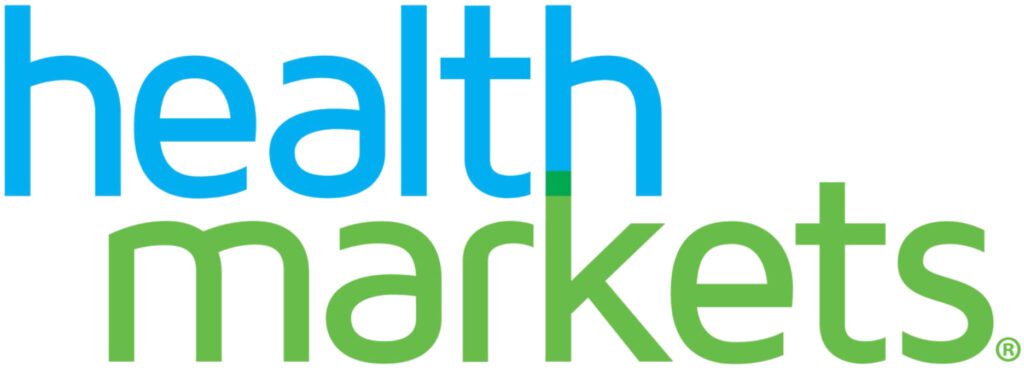In Troy, Michigan, and the surrounding Detroit area, Eric Zawicki is available at HealthMarkets Insurance to assist consumers with determining the option that best suits their needs.
Understanding Health Care Terms
In 2002, the federal government’s Interdepartmental Committee on Employment-Based Health Insurance provided a guide to the health insurance terms consumers are likely to encounter. The manual offers an extensive explanation of terms and phrases that individuals are likely to encounter.
The definitions are available to differentiate between plans and make informed decisions more quickly.
Health Insurance Plan Categories
Health insurance plans are divided into “medal” categories: bronze, silver, gold and platinum.
Bronze plans pay 60% of medical costs, leaving the other 40% to the consumer. The monthly premiums are lower but require higher out-of-pocket expenses. The deductibles may also be thousands of dollars annually before the policy begins paying. This category appeals to consumers desiring low-cost protection who do not have chronic medical concerns.
Silver policies pay 70% of a patient’s medical costs, which leaves the consumer responsible for the remaining 30%. Monthly premiums are considered moderate in price, and the deductibles are usually lower.
Gold plans cover 80% of medical costs, while patients must pay the remaining 20%. Monthly premiums are higher compared to the lower two categories. But, the deductibles are also lower. The plan is ideal for individuals or families who frequently obtain or need medical care.
Platinum policies pay 90% of medical costs, which also comes with the highest monthly premiums. Lower deductibles ensure that the plan begins paying for costs earlier. The programs are often preferred by consumers who desire to know that most of their healthcare costs are covered.
Catastrophic plans are available to consumers under the age of 30 or any consumer with a hardship exemption. Monthly premiums for these specialized plans are typically lower. However, the deductibles are notoriously higher.
For example, deductibles for 2020 were reported as being $8,150. Once consumers pay the required deductible, no further out-of-pocket expenses are required, and the insurance company pays all costs.
The above plans encourage consumers to acquire preventive care at no cost. Each program specifies free or discounted services options before patients need to meet policy deductibles.
Often, premiums are also based on an individual’s or a family’s income, which may come with considerable savings. Consult with Eric Zawicki at HealthMarkets Insurance in Troy, Michigan, for further details.
Services Covered by All Health Insurance Plans
Healthcare plans offered typically pay a percentage of more than ten different health-related services. These services can include:
- Ambulatory or outpatient care services
- Emergency services
- Hospitalizations constituting one or more overnight stays
- Care throughout pregnancy along with the care of the newborn before and after birth
- Postnatal care, including breastfeeding needs
- Birth control products
- Pediatric care, which may or may not include dental and vision care
- Laboratory services
- Services for addiction disorders and mental health needs
- Prescription medications
- Physical therapy or rehabilitation services and devices required to recover mentally or physically or to maintain quality of life
- Preventive care, wellness care and management of chronic diseases
Various plans might also offer additional coverage for dental and vision needs. Some provide a range of specialized medical conditions that may be required for chronic pain, diabetes or weight management.
Determine the Plans Accepted by Your Healthcare Provider

Otherwise, patients may be subject to out-of-network fees if healthcare providers are not part of the network chosen. The healthcare provider must be within the network, or the patient is subject to out-of-network expenses.
If a plan is not available to accommodate a patient’s current provider, they may need to change their care options to other medical professionals and facilities. The same holds if a patient requires a referral to a specialist.
Premiums and Out-of-Pocket Expenses
Premiums are the amount consumers must pay monthly to acquire and maintain a healthcare insurance policy. Plans requiring higher monthly premiums typically require lower out-of-pocket costs. Out-of-pocket fees include coinsurance, copayments and deductible costs that patients are responsible for paying and monthly premiums. On the other hand, plans having lower monthly premiums are usually equated with higher out-of-pocket expenses. When trying to find a plan to accommodate a budget, long-term and occasional costs should be considered.
Current Medical Needs
Monthly premiums and out-of-pocket expenses also depend on the current medical care needs covered by a health insurance policy. Some patients require ongoing monitoring and treatment for cardiovascular disorders, diabetes or other chronic medical concerns. Couples planning on extending their family or anyone requiring surgery must consider future needs before choosing a plan. In these instances, plans having higher premiums may be more cost-effective.
Consider Annual Costs
After narrowing down plan options that accommodate a budget and current medical needs, compare the annual premium costs and the out-of-pocket extras for each plan.
Talk With Us Today
Feel free to schedule an appointment with our HealthMarkets representative, Eric Zawicki, in Troy, Michigan, for assistance in choosing the right health insurance plan.
We can help answer all of your questions while also ensuring that the policy you select meets your family’s current and future medical needs.


